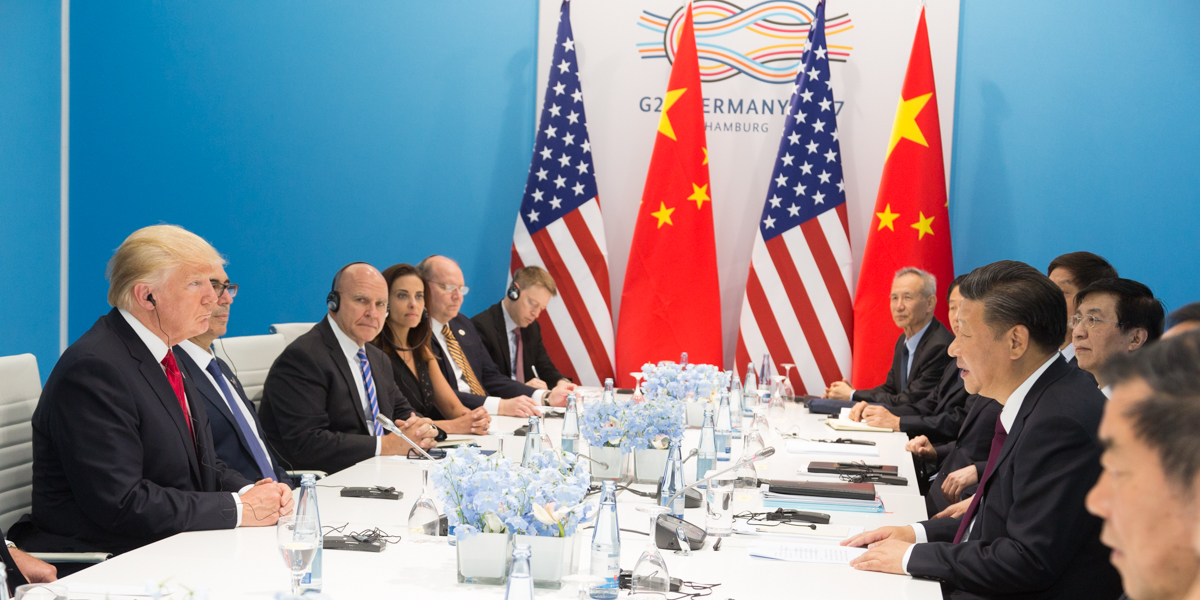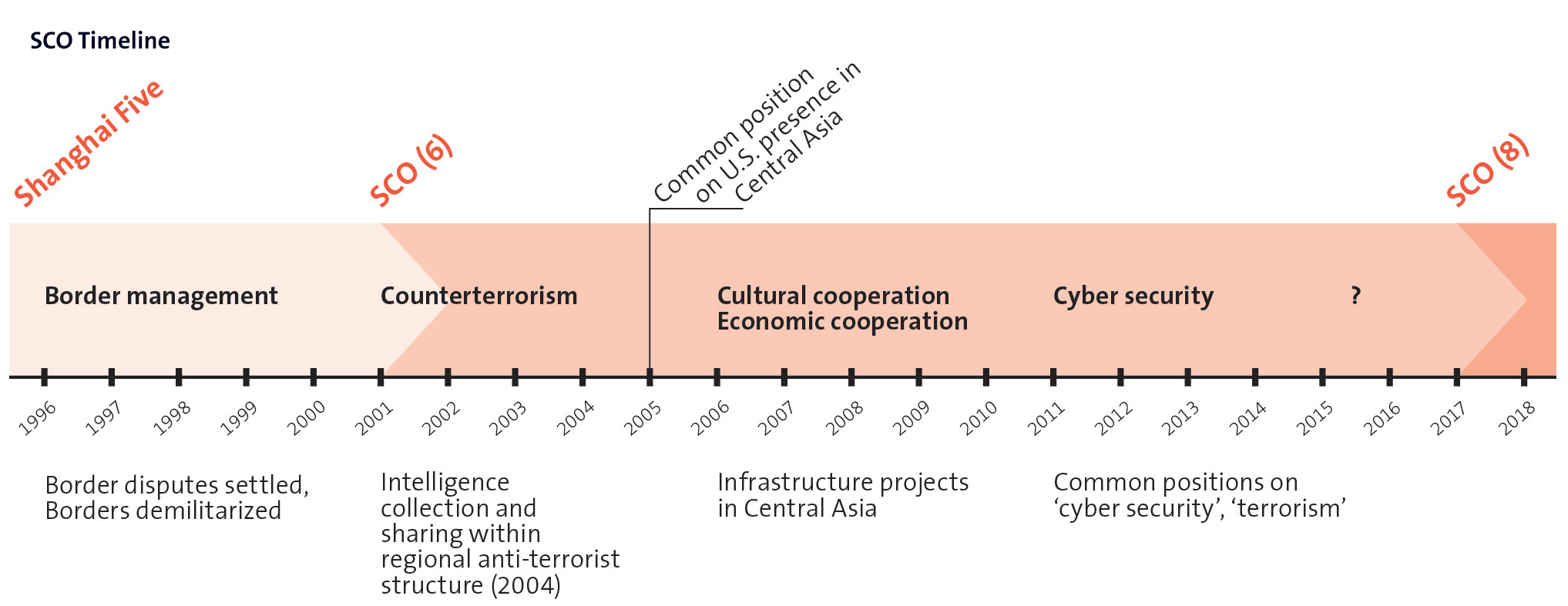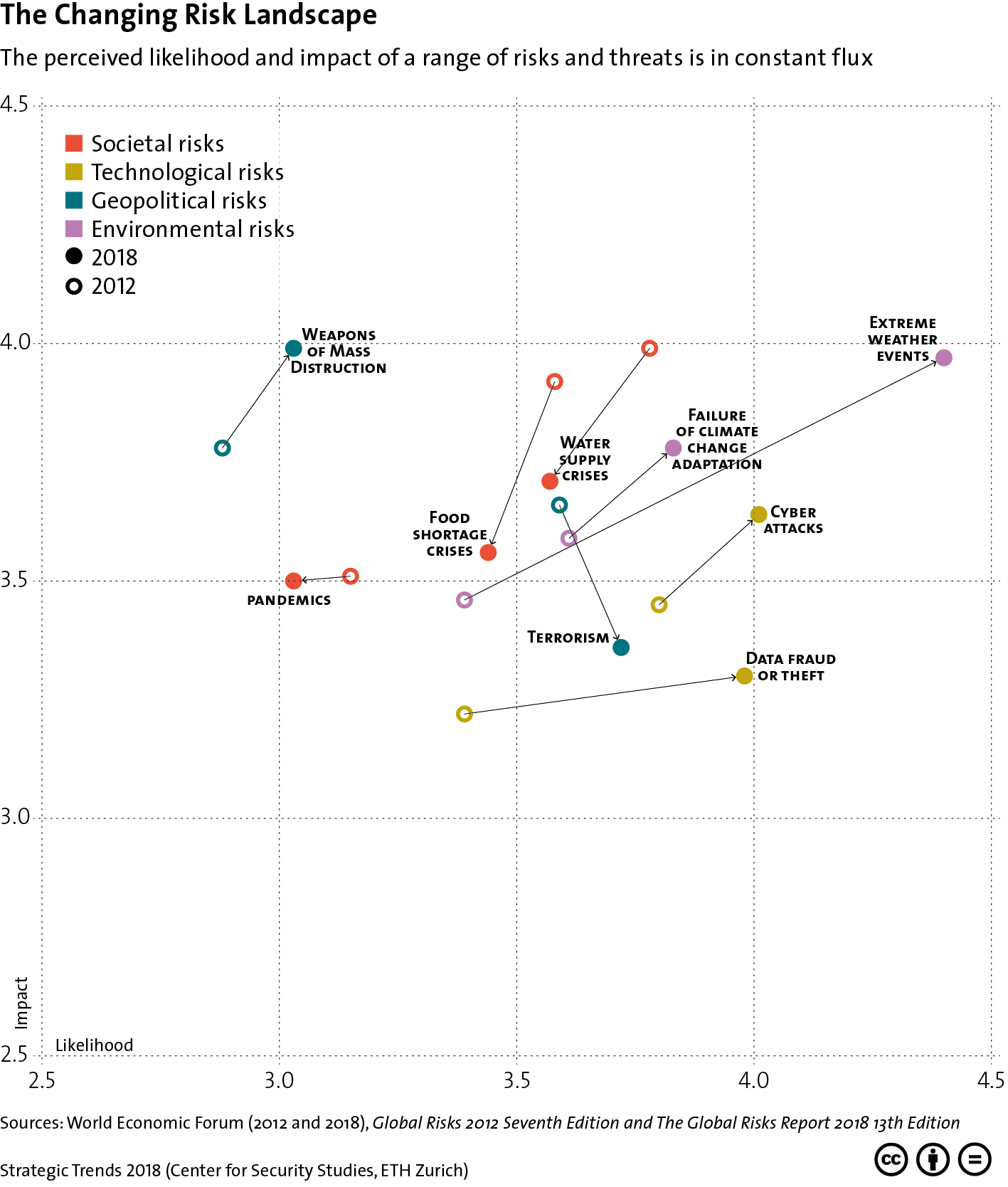
This article was originally published by the Council on Foreign Relations (CFR) on 6 December 2018.
China is once again conducting cyber-enabled theft of U.S. intellectual property to advance its technological capabilities. To combat the problem, the United States should build a multinational coalition, sanction Chinese companies, and strengthen cyber defenses.







